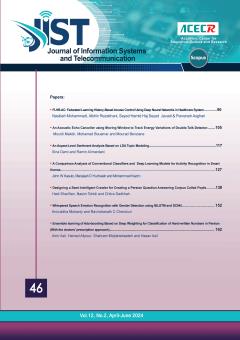This paper presents an optimal auto-thresholding approach for the gravitational edge detection method in grey-scale images. The goal of this approach is to enhance the performance measures of the edge detector in clean and noisy conditions. To this aim, an optimal thres
More
This paper presents an optimal auto-thresholding approach for the gravitational edge detection method in grey-scale images. The goal of this approach is to enhance the performance measures of the edge detector in clean and noisy conditions. To this aim, an optimal threshold is automatically found, according to which the proposed method dichotomizes the pixels to the edges and non-edges. First, some pre-processing operations are applied to the image. Then, the vector sum of the gravitational forces applied to each pixel by its neighbors is computed according to the universal law of gravitation. Afterwards, the force magnitude is mapped to a new characteristic called the force feature. Following this, the histogram representation of this feature is determined, for which an optimal threshold is aimed to be discovered. Three thresholding techniques are proposed, two of which contain iterative processes. The parameters of the formulation used in these techniques are adjusted by means of the metaheuristic grasshopper optimization algorithm. To evaluate the proposed system, two standard databases were used and multiple qualitative and quantitative measures were utilized. The results confirmed that the methodology of our work outperformed some conventional and recent detectors, achieving the average precision of 0.894 on the BSDS500 dataset. Moreover, the outputs had high similarity to the ideal edge maps.
Manuscript profile


